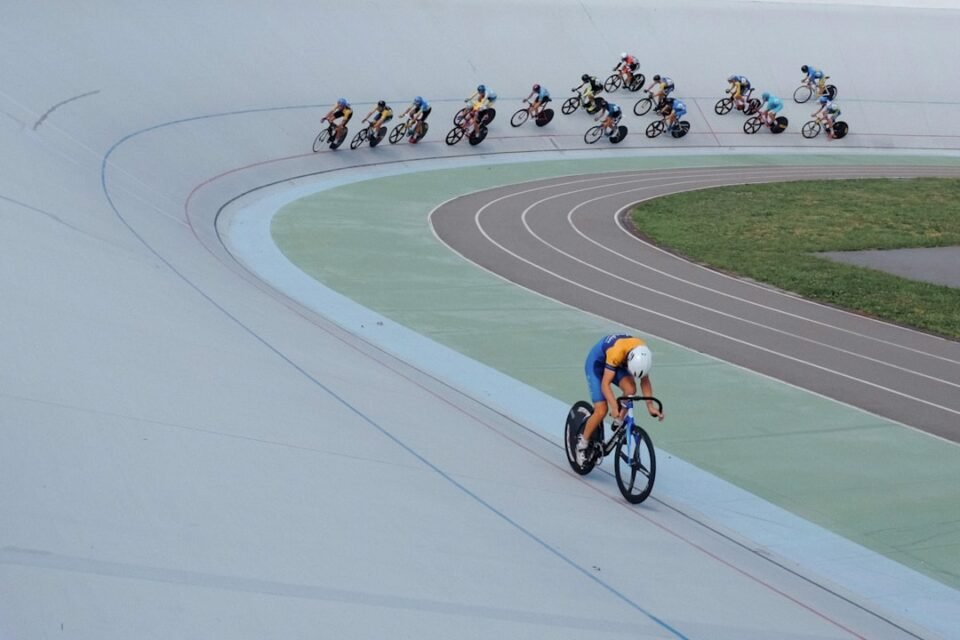The professional cycling peloton is constantly evolving with new technological trends, from lighter bikes to smarter gearing and wider tyres. But do these advancements make a significant difference for everyday riders who aren’t racing at 45km/h? After riding the first two stages of the Tour de France Femmes, covering 206.5km and climbing 2,863m, I had the opportunity to test some of this gear under demanding conditions.
Aero bikes have become the go-to choice for many teams in both the men’s and women’s Tours, regardless of the terrain. The gap between aero and lightweight models has narrowed, allowing riders to benefit from aerodynamic advantages without sacrificing much in terms of weight. For amateur riders, however, the versatility of an all-rounder bike can be more beneficial, especially on hilly terrains with short, punchy climbs.
A significant shift in the peloton has been the adoption of 1x drivetrains, particularly in flatter stages. This setup offers benefits such as reduced weight, improved aerodynamics, and simplified shifting. On the challenging climbs of Brittany, a 1x drivetrain might have been more practical, avoiding the complications of cross-chaining that I experienced with a 2x setup.
Wider tyres have become standard in the pro peloton, with many riders opting for 28mm tyres for their balance of grip and speed. The Ribble Ultra-Race bike I used allowed for even wider tyres, but the 28mm Panaracer Agilist Duro TLR tyres provided the right mix of comfort and performance on smooth roads.
3D-printed saddles are increasingly popular among professionals, offering a custom fit that enhances comfort over long distances. My experience with the Fizik Vento Argo 00 Adaptive saddle was positive, providing comfort during extended rides.
Overall, while professional riders might prioritize speed, the gear choices seen in the peloton are becoming more relevant for everyday cyclists. For future rides, I would consider sticking with 28mm tyres, switching to a 1x drivetrain for simplicity, and continuing with a 3D-printed saddle for comfort. Would you prioritize aerodynamics or comfort when tackling a Grand Tour stage? Share your thoughts in the comments.


